Why would Copa Airlines change its 737NG fleet from steel to carbon brakes? The answer is, because more expensive brakes could be cheaper!
Copa Airlines and Collins Aerospace recently announced that the airline will upgrade its 737NG fleet with carbon brakes. Neither side elaborated on the price of this deal, however. The Collins upgrade includes both wheels and brakes. Speaking about the deal, Rafael Samudio, VP of Technical Operations for Copa Airlines, said:
“As one of the largest airlines in Latin America operating many long-haul flights on our Boeing 737-800, we need wheels and brakes that are dependable and a service provider with a worldwide support network we can count on.”
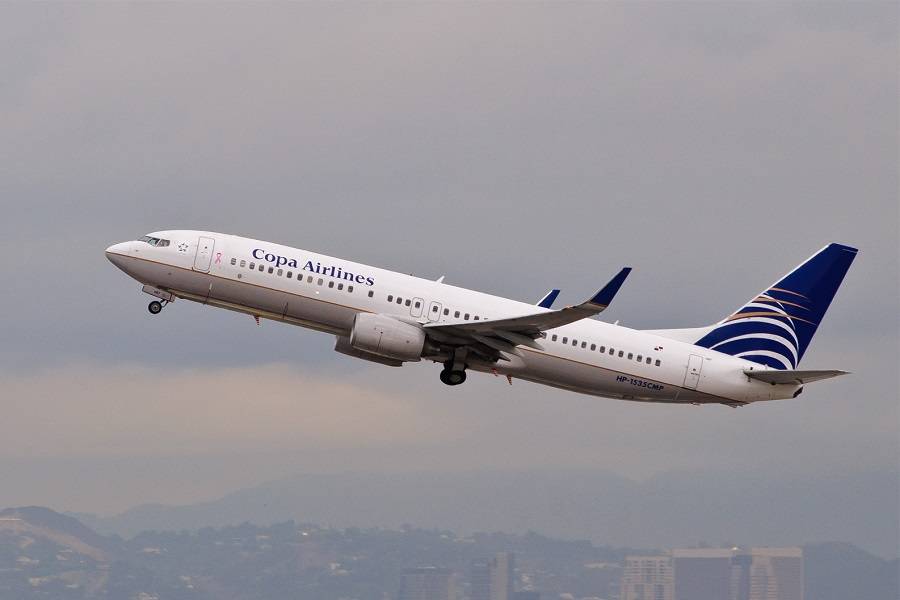
Press releases for such collaborations are full of praise between companies. But in the quote above, Copa Airlines offers a clue about why carbon brakes are desirable to them: they fly long trips! To explain that, we need to compare steel with carbon brakes. MentourPilot made a detailed video on the subject, that you can see at the end of the article.
Broadly speaking, single-aisle aircraft tend to have steel brakes, while bigger, heavier jets have carbon brakes. There are exceptions, in both sides, however. Lately, more aircraft generally come with carbon brakes. Copa Airlines has began to take delivery of 737-8 and 737-9 aircraft, with the same Collins-brand carbon brakes. And that’s another reason for the swap, in their 737NGs.
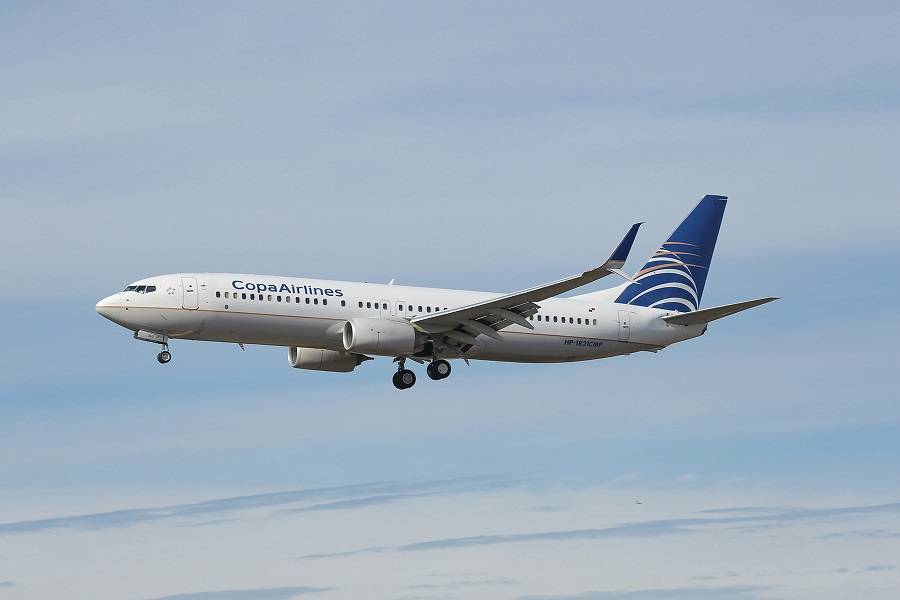
Steel Is Heavy
Steel brakes are very heavy. In a 737, the weight difference between steel and carbon brakes is 320 kilos (705 lbs). That’s the weight of four passengers and some luggage! That’s a lot, when airlines obsess over lighter paint or weight savings from lighter paper in their in-flight magazines. And there’s another issue: heat build-up. Brakes dissipate so much energy that if flights are short and turnarounds are quick, they may still have some heat in the next landing, from the previous one!
Again, the above is if the brakes are steel. Carbon brakes like those Copa Airlines is switching to, don’t retain as much heat. Also, on average carbon brakes last about twice as long as steel brakes. And Collins claims that theirs last even longer. The downside? Even if they last twice as long, carbon brakes cost more than twice as much as steel brakes. However, with economies of scale, newer methods and improved material supply, they are getting cheaper and cheaper.
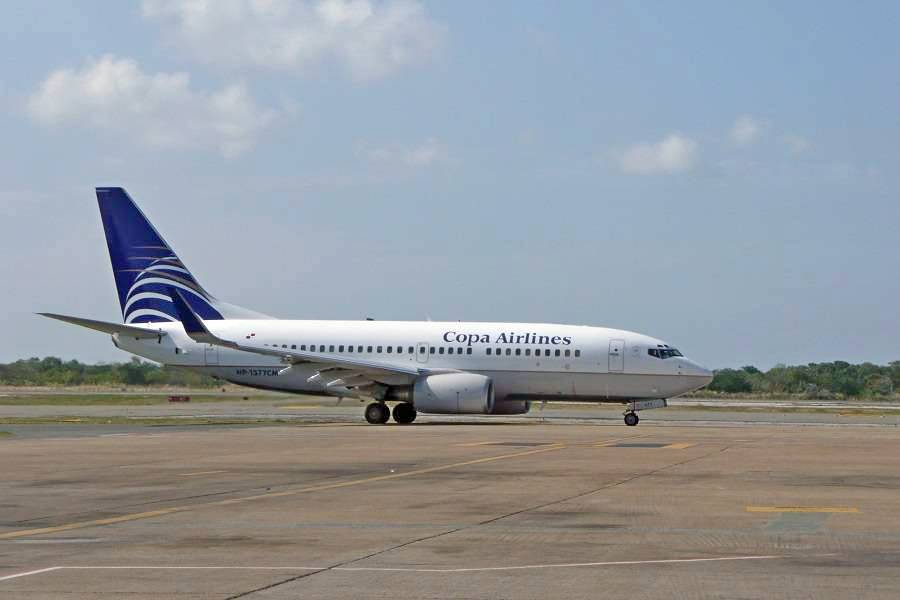
Big jets have always had carbon brakes, and it’s not difficult to see why. These planes don’t have just four wheels with brakes, like the 737 or A320 families. They have a lot of brakes, which would weigh literally tons more, if they were steel. So the cost for carbon brakes is worth paying, because the airline could get that weight back in passengers, or cargo. The savings get even bigger when the plane gets heavy with fuel for long-haul trips.
Copa Airlines – Carbon Brakes For Long-Haul
So with Copa Airlines making many long flights with its 737s, carbon brakes make a lot of sense. And the dropping prices mean that getting the money back with more passengers or freight, becomes more realistic. Plus of course the entire operation becomes more efficient, with a lower fuel burn. So, even if carbon brakes are more expensive, their cost of ownership for Copa Airlines, is lower.
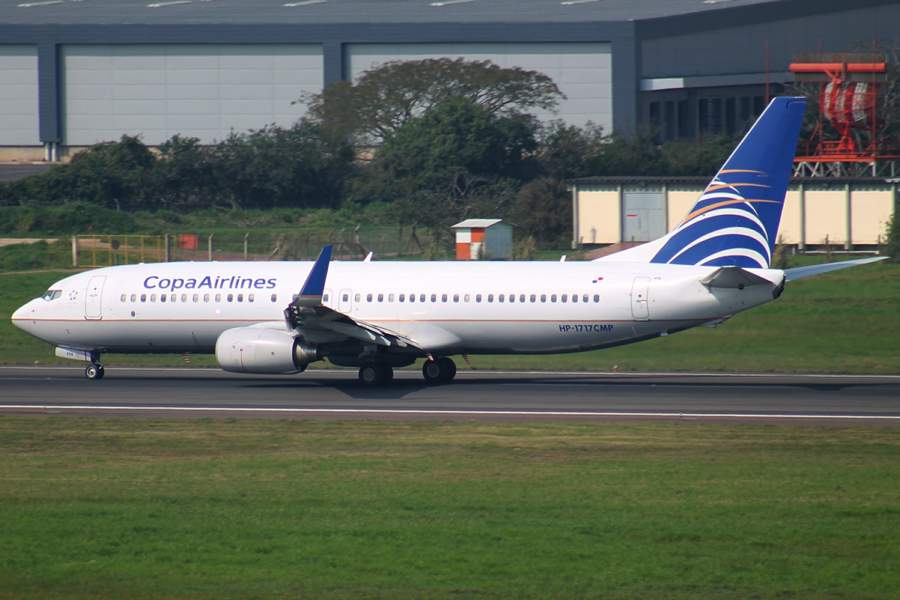
Applied over a fleet of 62 737-800s, the annual savings are immense. And there are more implications. Obviously, having the same brakes in their MAX and NG fleets, simplifies some maintenance and supply considerations. There are also some training implications, for pilots. As MentourPilot explains in the video below, steel and carbon brakes require slightly different treatment, during taxiing. A homogeneous fleet with carbon brakes would simplify that for Copa Airlines.
But that’s a bit debatable. The switch from steel to carbon brakes will likely take some time to complete, as aircraft go through maintenance cycles. Until this is done, the Copa Airlines 737NG fleet will have a mix of steel and carbon brakes.
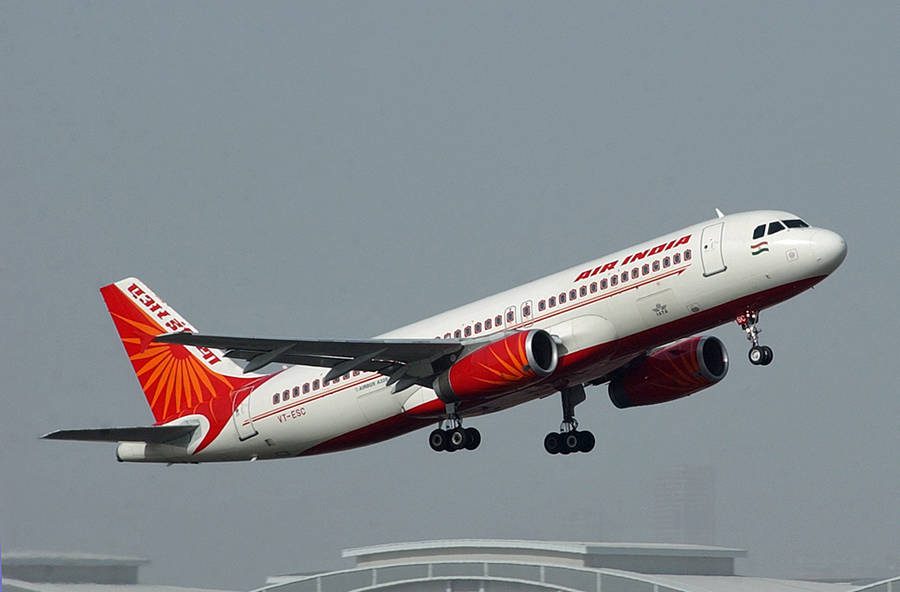
The lowering costs of carbon brakes could have more implications in the future. For example, it could mean that designers could fit bogie landing gear on some larger single-aisle aircraft. Airbus, for instance, could consider this for a longer version of the A321. Although if you check the picture above, you’ll see they’ve already done it! To see why, press HERE.



